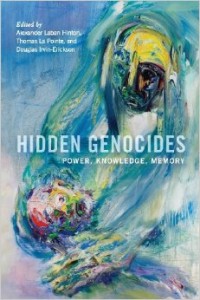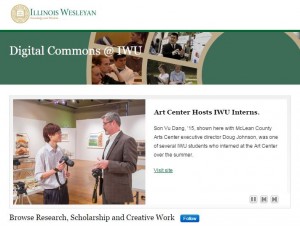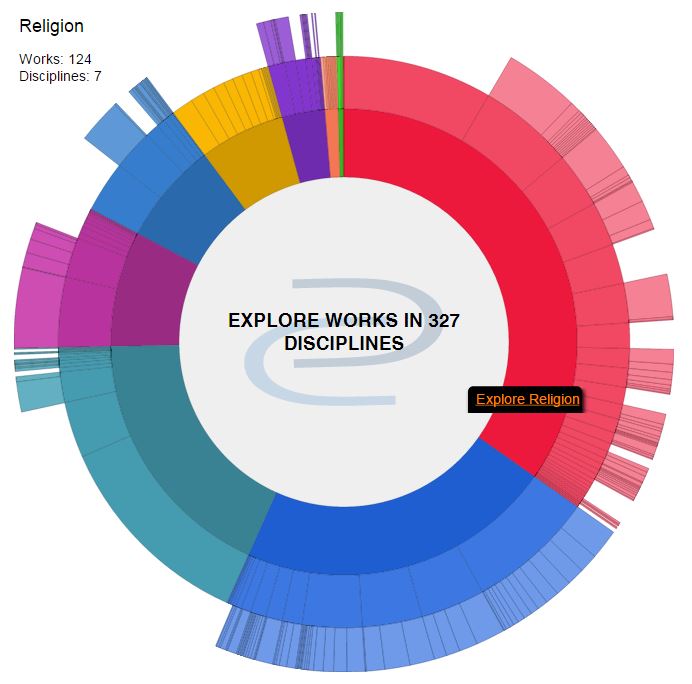One week to go! The end of the semester is just around the corner. Not much going on in Ames this week, but we’re gearing up for finals next week.
As you start cramming and preparing for finals, remember to save your files often, make sure your devices have plenty of charge, and that you call 3900 if you have ANY technology problems!
Wednesday, 11am-1pm, Entry Level – We will again host the closing reception for all cluster classes to share their final class projects, research results, and/or community service projects. Check out this presentation and our interactive wall supporting this year’s course cluster theme: Walls & Bridges.
Language and cultural understanding can be both a wall and a bridge towards human communication around the globe. German 201, Spanish 203 and 280 created a joint assignment that is being shared with the IWU Community. At The Ames Library, entry level east side, the Interactive Wall has an installation “Language and Culture – Both a Wall and a Bridge. Can You Caption these Images?”
Class members each chose an image that speaks to the 2014-15 university theme: “Walls & Bridges”. Each student wrote a paragraph to describe the image, contextualize its relevance in the culture it originates, and explain how it relates to the theme. Each student created a packet with an image, a paragraph in the course language, and a final page translating the paragraph to English.
Can you BRIDGE the language barrier? Are there cultural nuances that hint at the theme? What WALLS are in the packets that keep you from exploring the culture and language?
We are encouraging all IWU Community members to visit the interactive wall and create a caption for each image. Write a caption on the packets.
Wednesday, 7pm, Beckman Auditorium – Only the Greatest Reading Ever – Seniors from Associate Professor of English Michael Theune’s 401 Writing Fiction Seminar will read from their work, ranging from experimental poetry to fantasy prose. The event will be divided up into two sections with four students reading in each section:
– from 7-7:50 p.m., Kaitlin McManus (prose), Danielle Kamp (poetry), Michael Wettengel (prose), and Erica Kucharski (poetry);
– from 8-8:50 p.m., Joe Ruskey (prose), Tessy Ward (poetry), Mike Dickinson (prose), and Sara Raffensperger (poetry).
Refreshments will also be served.
Thursday, 4pm, Beckman Auditorium – Hispanic Studies and secondary education major Nathan Douglas ‘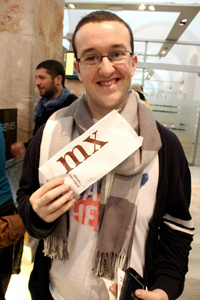 15 will present the work he carried out as a Mellon Humanities Scholar this past summer: “Y no me esperaba nadie: Historical memory in Carmen Laforet’s Nada”. What does literature have to do with history, and what does photography have to do with memory? Supported by grant funding through the Re-centering the Humanities grant and guided by an interdisciplinary approach to research, Douglas spent the summer in Barcelona, Spain exploring the interplay between fictional narrative, history, memory and photography. Following a brief oral presentation, there will be a “gallery walk” of photos taken during the summer.
15 will present the work he carried out as a Mellon Humanities Scholar this past summer: “Y no me esperaba nadie: Historical memory in Carmen Laforet’s Nada”. What does literature have to do with history, and what does photography have to do with memory? Supported by grant funding through the Re-centering the Humanities grant and guided by an interdisciplinary approach to research, Douglas spent the summer in Barcelona, Spain exploring the interplay between fictional narrative, history, memory and photography. Following a brief oral presentation, there will be a “gallery walk” of photos taken during the summer.
Thursday, 7pm, Beckman Auditorium – “Blind Shaft,” 2003, China, will be presented by Professor of History Thomas Lutze. Due to copyright restrictions, this event is free and open to the IWU community only.
Sunday, 7pm, Beckman Auditorium – Mangy Chickens: A Poetry Reading – Come experience a celebration of a semester’s worth of poetry produced by Associate Professor of English Michael Theune’s Poetry Class. The works of Mitchell Billimack ’16, Jacob Morris ’18, Cady Williamson ’18, Diana Moody ’17, Hannah Dhue ’15, Kaitlin McManus ’15, Paige Buschman ’17, Sean Grady ’17, Sam Mancini ’17, and Tia Patsavas ’16 will be presented.
Instruction Lab, Room 129
- Tuesday, 9:25am, Prof. Reissenweber’s Gateway
Meeting Room, Room 214
- Monday, 3pm, CUPP
- Tuesday, 1pm, C&RL Forum
- Tuesday, 4:30pm, Star Literacy
- Wednesday, 3pm, CUPP
- Thursday, 9:30am, IT meeting
- Thursday, 11am, Assessment Committee
- Thursday, 4:30pm, Star Literacy
Beckman Auditorium
- Monday, 7pm, English 370
- Wednesday, 7:00pm, English 401
- Thursday, 4pm, Presentation & Gallery Walk
- Thursday, 7pm, International Film Series
- Sunday, 7:00pm, English 202
Next week the Counseling & Consultation Services center will be in Ames from 11 to 4 offering FREE giveaways. They will have snacks, water, Biodots, stress balls, and other information to help you manage your stress level. Stop by to get some tools to help you reduce and deal with end of semester stress.

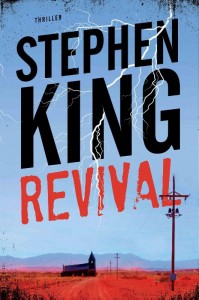 h minor writers as, say, Poe and Hawthorne. The story here centers on a reverend who comes to a New England town, befriends and mentors a young boy, and then goes wild with grief when his family dies in an accident; he gives a blasphemous sermon and is, basically, run out of town. Cut to: a couple decades later, when the boy, now a junkie, meets up by chance with the disgraced clergyman, and they form another disturbing relationship. Reverend Jacobs, it turns out, was always more complicated than the stereotypical man of God – he is fascinated by electricity, by science – and pretty demonic, too. How he and Jamie find and fight each other over their lifetimes is as shocking and inevitable as the explosive and, yes, horrorish, climax of the book. Never mind that King’s prose can sometimes lapse into laughable cliché – “like water through a sieve”? Really? – there is absolutely no better storyteller than Stephen King, who keeps us up at night, with fear and fascination and admiration. –Sara Nelson
h minor writers as, say, Poe and Hawthorne. The story here centers on a reverend who comes to a New England town, befriends and mentors a young boy, and then goes wild with grief when his family dies in an accident; he gives a blasphemous sermon and is, basically, run out of town. Cut to: a couple decades later, when the boy, now a junkie, meets up by chance with the disgraced clergyman, and they form another disturbing relationship. Reverend Jacobs, it turns out, was always more complicated than the stereotypical man of God – he is fascinated by electricity, by science – and pretty demonic, too. How he and Jamie find and fight each other over their lifetimes is as shocking and inevitable as the explosive and, yes, horrorish, climax of the book. Never mind that King’s prose can sometimes lapse into laughable cliché – “like water through a sieve”? Really? – there is absolutely no better storyteller than Stephen King, who keeps us up at night, with fear and fascination and admiration. –Sara Nelson 15 will present the work he carried out as a Mellon Humanities Scholar this past summer: “Y no me esperaba nadie: Historical memory in Carmen Laforet’s Nada”. What does literature have to do with history, and what does photography have to do with memory? Supported by grant funding through the Re-centering the Humanities grant and guided by an interdisciplinary approach to research, Douglas spent the summer in Barcelona, Spain exploring the interplay between fictional narrative, history, memory and photography. Following a brief oral presentation, there will be a “gallery walk” of photos taken during the summer.
15 will present the work he carried out as a Mellon Humanities Scholar this past summer: “Y no me esperaba nadie: Historical memory in Carmen Laforet’s Nada”. What does literature have to do with history, and what does photography have to do with memory? Supported by grant funding through the Re-centering the Humanities grant and guided by an interdisciplinary approach to research, Douglas spent the summer in Barcelona, Spain exploring the interplay between fictional narrative, history, memory and photography. Following a brief oral presentation, there will be a “gallery walk” of photos taken during the summer.

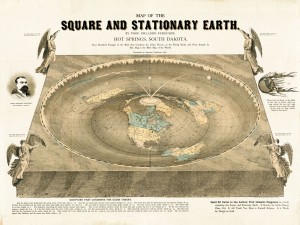
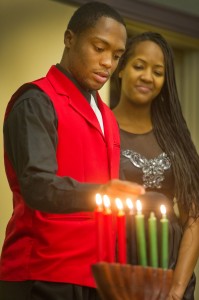
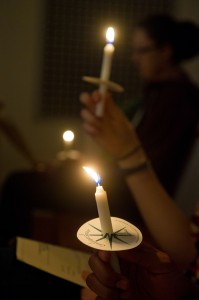
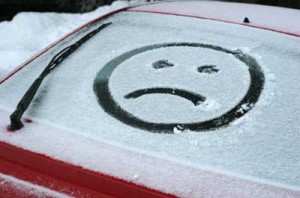
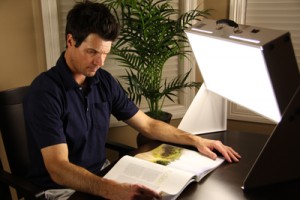
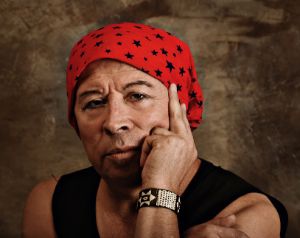 Lemebel
Lemebel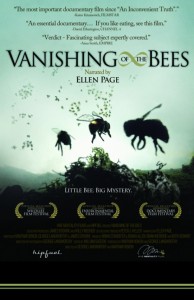 Beckman, Wednesday, 7pm – The Sierra Student Coalition will host the documentary: “
Beckman, Wednesday, 7pm – The Sierra Student Coalition will host the documentary: “